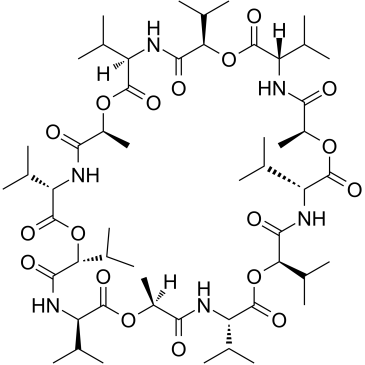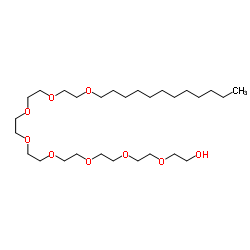| Structure | Name/CAS No. | Articles |
|---|---|---|
 |
Valinomycin
CAS:2001-95-8 |
|
 |
Dodecyl octaethylene glycol ether
CAS:3055-98-9 |